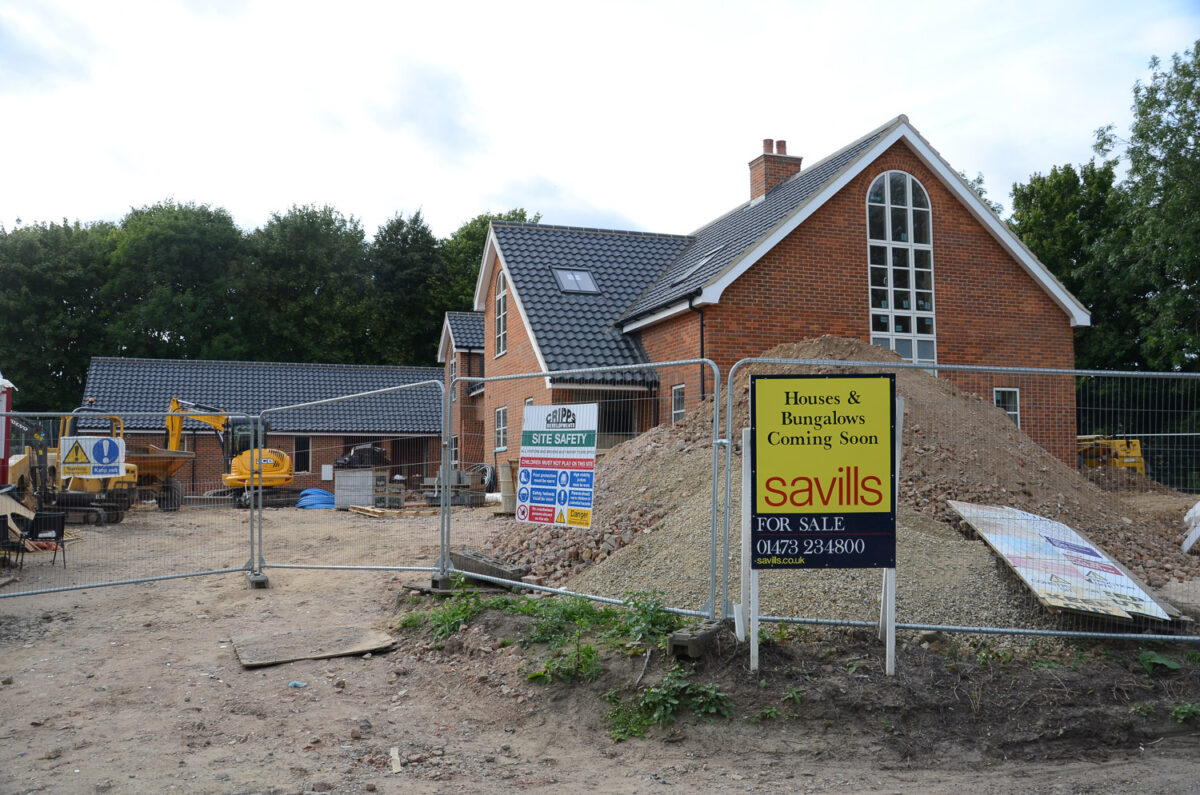Commentators from all corners have noted that successive Governments’ targets for housebuilding have not been reached in decades. Labour has moved fast on planning reforms which lay the groundwork for a step change in land supply through changes to planning policy, introducing mandatory targets and opening up ‘grey-belt’ brownfield land for development.
The issue of slow building and under-delivery has been looked at by many in government and industry. The 2018 Letwin Review into housing build-out found that lack of diversity in the housing market and over-reliance on a few large housebuilders was a fundamental driver of slow build-out of permissions. The recent Competition and Markets Authority (CMA) housebuilding study found that whilst planning is a major impediment to delivering, for open market sale homes the primary determinant of build-out rates is how many homes developers expect to sell without reducing prices.
The government recently published a working paper suggesting some measures to increase the pace of building. But with just a handful of major housebuilders delivering around half of the homes in England, the key question is can they pick up the pace of building?
A slow-build business model
There is a public perception that developers ‘land-bank’, a practice of gaining a planning permission for a site in order to uplift the value of the land, without having any intentions of building on it. But this can be partly explained by volume builders generally needing around five or so years of permissions which create the “pipeline” for development. Research from Lichfields has shown that it takes around than five years from first permission to the first homes being ready for occupation on sites with very large numbers of homes. However, once they start building, even the largest sites rarely complete more than 150 dwellings per annum.
The investor reports and trading statements of the largest publicly-traded housebuilders all report the key metrics including the number of new home sales per outlet per week, and the average selling price (ASP) for new open market homes. The prime directive to optimise price is always present. This can be seen in developer priority statements like “Continue to prioritise value over volume” in theTaylor Wimpy results for FY2023. This makes sense to continue to achieve the consistently extraordinary levels of profit housebuilder shareholders expect.
Smaller regional and SME housebuilder have a much higher rate of build-out as a percentage of site size. A scheme of 50 or so dwellings is commonly completed within one or two years, allowing the small builder to move on to delivering the next project.
There are solutions
Many of the proposed reforms in the current consultation are quite modest and centred around monitoring and reporting. These will help provide everyone better evidence on progress, but, with many councils struggling to allocate a planning officer to monitoring delivery, it’s not clear how this will have much impact. The consultation raises the prospect of allowing councils to refuse permissions for specific applicants where they weren’t building out fast enough, though how further restricting permissions will help delivery is unclear.
The consultation also floats the idea of a ‘delayed homes penalty’, which would place a charge on developers in some circumstances where delivery falls behind a pre-agreed schedule. The idea of charging council tax from the moment a permission is granted is a similar approach which has been discussed for a decade or more. On smaller sites this might be a manageable nudge, but on strategic sites of 1,000 or more homes it could render development unviable and might impact social landlords.
All the research and papers highlight that diversity in housing delivery does increase the rate at which new homes are completed. Sites delivering higher percentage of affordable housing or build-to-rent, and smaller SME and self-build sites are not constrained by the number of market home buyers, so there is less motivation to build more slowly. Another working paper from MHCLG, Reforming Site Thresholds, contains some proposals which may support this diversity by reducing planning burdens on smaller and medium-sized sites.
But can build-out be increased?
Where larger numbers of social homes are purchased on site, outside the open market, these come forward quite rapidly. Improvements in construction, including building all or part of a dwelling off-site, can deliver significant time and cost efficiencies. But if developers only build open market dwellings at the speed at which they will sell in a specific area, increasing build-out rates will be difficult.
There is no single magic bullet to get 1.5 million homes built in a timely fashion, but the Government has this issue in the spotlight. Clearly the supply-side measures of funding for social housing and increasing opportunities for SME and smaller builders are fundamental. Mandatory housing growth focusing the minds of local authorities on getting land allocated and permitted for future years to meet the land supply figure. But we have a housing crisis now, and as the current consultation says “no-one can live in a planning permission”.




